Home>Home Appliances>Laundry Appliances>How To Wash Clothes Without A Washing Machine
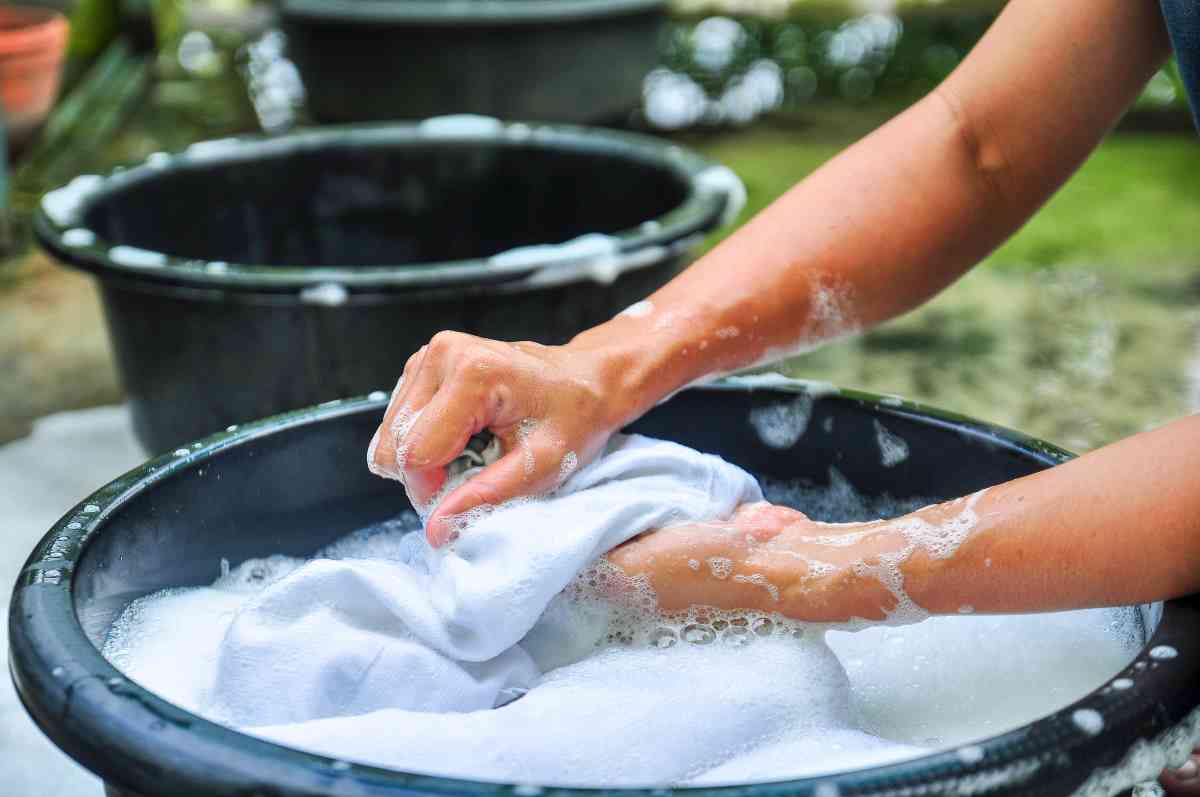

Laundry Appliances
How To Wash Clothes Without A Washing Machine
Modified: September 2, 2024
Learn how to wash clothes without a washing machine using simple and effective methods. Discover alternative laundry appliances and techniques for clean and fresh clothes.
(Many of the links in this article redirect to a specific reviewed product. Your purchase of these products through affiliate links helps to generate commission for Storables.com, at no extra cost. Learn more)
Introduction
Washing clothes is a routine chore that most of us take for granted, thanks to the convenience of modern washing machines. However, there are times when access to a washing machine is limited or unavailable. Whether you're camping in the great outdoors, traveling to a remote location, or simply dealing with a broken washing machine, knowing how to wash clothes without a washing machine can be incredibly useful.
In this article, we will explore various methods and techniques for hand washing clothes effectively. From choosing the right detergent to mastering the art of hand washing, we'll cover everything you need to know to keep your clothes clean and fresh without the aid of a washing machine. Additionally, we'll delve into the world of homemade laundry detergents, providing you with eco-friendly and cost-effective alternatives to store-bought products. Furthermore, we'll discuss alternative methods for drying clothes without a dryer and share valuable tips for removing stubborn stains.
By the end of this article, you'll be equipped with the knowledge and skills to tackle laundry tasks without relying on a washing machine, empowering you to maintain clean and fresh-smelling clothes no matter the circumstances. So, let's roll up our sleeves and dive into the world of hand washing and laundry care, where resourcefulness and practicality reign supreme.
Key Takeaways:
- Master the art of hand washing to keep clothes clean without a washing machine. Choose the right detergent, soak, agitate, and air-dry for fresh-smelling laundry, especially for delicate fabrics like silk and wool.
- Create eco-friendly homemade laundry detergent for a sustainable and customizable cleaning solution. Use natural ingredients like castile soap and essential oils to reduce environmental impact and promote healthier laundry care.
Hand Washing Techniques
Hand washing clothes may seem like a daunting task, especially if you're accustomed to the convenience of a washing machine. However, with the right techniques and a bit of patience, you can achieve clean and fresh-smelling laundry by hand. Here's a step-by-step guide to mastering the art of hand washing:
-
Preparation:
- Fill a clean basin or sink with lukewarm water. Avoid using hot water, as it can cause colors to bleed and fabrics to shrink.
- Sort your laundry by color and fabric type to prevent color transfer and damage.
-
Choosing the Right Detergent:
- Select a gentle detergent suitable for hand washing. Avoid using harsh chemicals or bleach, as they can damage delicate fabrics.
-
Soaking:
- Submerge the clothes in the water and gently agitate them to ensure they are fully saturated. Allow the garments to soak for a few minutes to loosen dirt and grime.
-
Agitation:
- Gently rub the fabric together, focusing on areas with stains or soiling. Be mindful of delicate fabrics and avoid vigorous scrubbing, which can cause damage.
-
Rinsing:
- Drain the soapy water and refill the basin with clean water. Gently agitate the clothes to remove the detergent, ensuring thorough rinsing.
-
Repeat if Necessary:
- For heavily soiled items, you may need to repeat the soaking, agitating, and rinsing process to ensure thorough cleaning.
-
Drying:
- Gently squeeze out excess water from the clothes, being careful not to wring or twist delicate fabrics. Lay the garments flat on a clean towel and roll them up to absorb excess moisture. Finally, air-dry the clothes on a drying rack or clothesline.
By following these hand washing techniques, you can effectively clean your clothes without the need for a washing machine. This method is particularly useful for delicate fabrics, such as silk, wool, and lace, which require gentle care to maintain their quality. With a little practice and attention to detail, hand washing can become a rewarding and satisfying way to care for your clothes, ensuring they remain in pristine condition for years to come.
Homemade Laundry Detergent
Homemade laundry detergent offers a cost-effective and eco-friendly alternative to commercial products, allowing you to customize the ingredients and scents to suit your preferences. By creating your own detergent, you can reduce your environmental impact and minimize exposure to potentially harmful chemicals. Here's a simple recipe for making your own homemade laundry detergent:
Ingredients:
- Castile Soap: Known for its gentle cleansing properties, castile soap serves as the base for homemade detergent. It effectively removes dirt and grime while being safe for sensitive skin and delicate fabrics.
- Washing Soda: Also referred to as sodium carbonate, washing soda enhances the cleaning power of the detergent by softening water and aiding in the removal of stains and odors.
- Baking Soda: This versatile ingredient helps to brighten and deodorize clothes, making it a valuable addition to homemade detergent.
- Essential Oils: Optional but highly recommended, essential oils add a delightful fragrance to your laundry while offering natural antibacterial and antifungal properties.
Recipe:
- Grate a bar of castile soap to create fine shavings. Alternatively, you can use a food processor to achieve a fine powder.
- In a large bowl, combine 2 cups of grated castile soap, 1 cup of washing soda, and 1 cup of baking soda. Mix the ingredients thoroughly to ensure even distribution.
- Add 20-30 drops of your preferred essential oils to the mixture. Popular choices include lavender, lemon, eucalyptus, and tea tree oil, each offering unique aromatic and cleansing benefits.
- Transfer the homemade detergent to an airtight container for storage. A mason jar or plastic tub works well for keeping the detergent dry and fresh.
Read more: How To Load Top Load Washer Without Agitator
Usage:
When doing laundry, add 1-2 tablespoons of the homemade detergent to each load, adjusting the amount based on the size of the load and the level of soiling. For heavily soiled items, pre-treat stains with a small amount of the detergent before washing.
By creating your own homemade laundry detergent, you not only contribute to a more sustainable lifestyle but also gain control over the ingredients used in your cleaning products. This simple and effective recipe provides a natural and gentle cleaning solution for your clothes, promoting a healthier and more environmentally conscious approach to laundry care.
Drying Clothes Without a Dryer
Drying clothes without a dryer is a practical and eco-friendly approach that allows you to effectively dry your laundry without relying on electrical appliances. Whether you're looking to reduce energy consumption, preserve delicate fabrics, or simply adapt to a situation where a dryer is unavailable, there are several methods for air-drying clothes that yield excellent results.
Air Drying
Air drying is the most straightforward and widely used method for drying clothes without a dryer. To air dry your laundry, simply hang the garments on a clothesline or drying rack in a well-ventilated area. Choose a location with good air circulation and, if possible, exposure to sunlight, as the sun's natural UV rays can help to disinfect and freshen the clothes. When hanging clothes, ensure that they are spread out and not crammed together to allow for proper airflow and even drying.
Indoor Drying
In situations where outdoor drying is not feasible, indoor drying provides a convenient alternative. Use a collapsible drying rack or designated indoor clothesline to hang your laundry in a spare room, laundry area, or even the bathroom. To expedite the drying process, position the clothes near a window or utilize a fan to enhance air circulation. While indoor drying may take longer than outdoor drying, it is a practical solution during inclement weather or in living spaces without access to outdoor drying facilities.
Flat Drying
Flat drying is particularly suitable for delicate items such as sweaters, knits, and certain types of lingerie. To flat dry clothes, lay them out on a clean, absorbent towel, gently reshaping and smoothing the fabric to maintain its original form. Avoid hanging or wringing delicate garments, as this can cause stretching and distortion. By allowing the clothes to dry flat, you preserve their shape and integrity while minimizing the risk of damage.
Hanging Techniques
When hanging clothes to dry, consider using hangers for items such as shirts, blouses, and dresses. This method helps to prevent wrinkles and maintains the garments' natural drape. Additionally, using padded or rounded hangers for delicate fabrics can prevent creases and indentations. For pants and skirts, use clip hangers to secure them at the waistband, ensuring they dry evenly and retain their shape.
By employing these drying methods, you can effectively air-dry your clothes without the need for a dryer, promoting energy efficiency and prolonging the lifespan of your garments. Embracing air-drying techniques not only reduces environmental impact but also allows you to appreciate the natural process of clothes drying in the open air, resulting in fresh, crisp laundry that's ready to wear.
Tips for Stain Removal
Stains are an inevitable part of life, but with the right techniques and a bit of patience, you can effectively remove stubborn marks from your clothes. Here are some valuable tips for tackling common stains and restoring your garments to their pristine condition:
Act Quickly
The key to successful stain removal is to address the stain as soon as possible. Prompt action can prevent the stain from setting into the fabric, making it easier to remove. Blot the stain gently with a clean cloth or paper towel to absorb excess liquid without spreading the stain further.
Identify the Stain Type
Different stains require different treatment methods. It's essential to identify the type of stain you're dealing with to apply the most effective removal technique. Common stain categories include oil-based stains, protein-based stains (such as blood or egg), tannin-based stains (from coffee, tea, or wine), and dye-based stains.
Pre-treat the Stain
Before laundering the garment, pre-treat the stain with an appropriate stain remover or homemade solution. For oil-based stains, apply a small amount of dish soap or a specialized stain remover directly to the affected area. For protein-based stains, soak the garment in cold water and gently rub the stain with a mild detergent. Tannin-based stains can be treated with a mixture of vinegar and water, while dye-based stains may require a color-safe bleach or oxygen-based stain remover.
Test in an Inconspicuous Area
Before applying any stain removal solution to the entire garment, it's advisable to test it in an inconspicuous area to ensure it doesn't cause discoloration or damage to the fabric. This precaution can help prevent further harm to the clothing.
Avoid Heat
When treating stains, avoid using hot water or heat sources such as hairdryers, as heat can set the stain and make it more challenging to remove. Opt for cold or lukewarm water when pre-treating and laundering stained garments.
Patience and Persistence
Some stains may require multiple treatments and a degree of patience. Avoid the temptation to vigorously scrub the stain, as this can damage the fabric. Instead, gently work the stain removal solution into the fabric and allow it to penetrate before laundering the garment as usual.
Seek Professional Help
For particularly stubborn or delicate stains, consider seeking professional dry cleaning or laundering services. Professional cleaners have the expertise and specialized products to tackle tough stains while preserving the integrity of the fabric.
By following these tips for stain removal, you can effectively combat common stains and prolong the life of your clothing. With a proactive approach and the right techniques, you can maintain a wardrobe of clean, stain-free garments, ready to face whatever life throws your way.
Conclusion
Mastering the art of washing clothes without a washing machine opens up a world of possibilities, allowing individuals to maintain clean and fresh-smelling laundry regardless of their circumstances. From hand washing techniques to homemade laundry detergents, alternative drying methods, and effective stain removal tips, the journey of caring for clothes without a washing machine is both practical and empowering.
By embracing hand washing techniques, individuals can ensure that their garments receive the gentle care they deserve. The process of hand washing involves meticulous attention to detail, from choosing the right detergent to delicately agitating and rinsing the clothes. This method is particularly beneficial for delicate fabrics, offering a level of care and precision that surpasses the capabilities of a standard washing machine.
Homemade laundry detergent presents an eco-friendly and customizable alternative to commercial products, allowing individuals to take control of the ingredients used in their cleaning solutions. By crafting their own detergent, individuals can reduce their environmental footprint while enjoying the benefits of natural and gentle cleansing agents. This approach not only promotes sustainability but also empowers individuals to tailor their laundry care to suit their unique preferences and sensitivities.
Drying clothes without a dryer introduces a sense of resourcefulness and environmental consciousness to the laundry routine. Whether air drying, utilizing indoor drying methods, or employing flat drying techniques, individuals can achieve excellent results without relying on electrical appliances. Embracing air-drying practices not only conserves energy but also encourages a deeper appreciation for the natural process of clothes drying, resulting in fresh, crisp laundry that's ready to wear.
Effective stain removal techniques equip individuals with the skills to combat common stains and preserve the quality of their clothing. By acting promptly, identifying the type of stain, and employing pre-treatment methods, individuals can restore their garments to their pristine condition. This proactive approach to stain removal ensures that clothes remain in optimal condition, ready to face the demands of everyday life.
In conclusion, the knowledge and skills acquired through the exploration of washing clothes without a washing machine empower individuals to approach laundry care with confidence and ingenuity. By integrating these techniques and methods into their routine, individuals can maintain clean, fresh-smelling clothes, regardless of their access to a washing machine. This journey of resourcefulness and practicality not only enhances the laundry experience but also fosters a deeper connection to the care and preservation of one's wardrobe.
Frequently Asked Questions about How To Wash Clothes Without A Washing Machine
Was this page helpful?
At Storables.com, we guarantee accurate and reliable information. Our content, validated by Expert Board Contributors, is crafted following stringent Editorial Policies. We're committed to providing you with well-researched, expert-backed insights for all your informational needs.

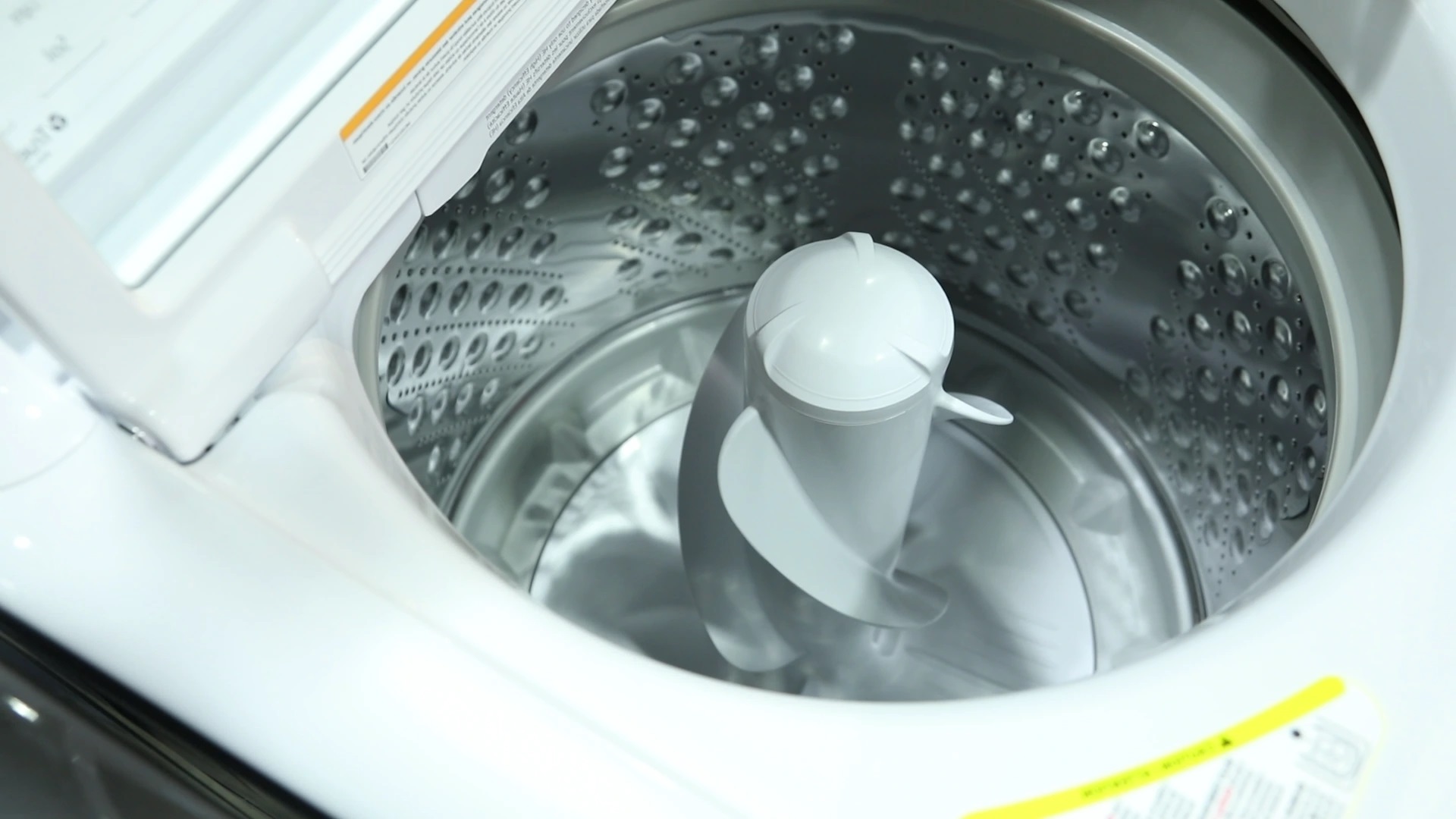
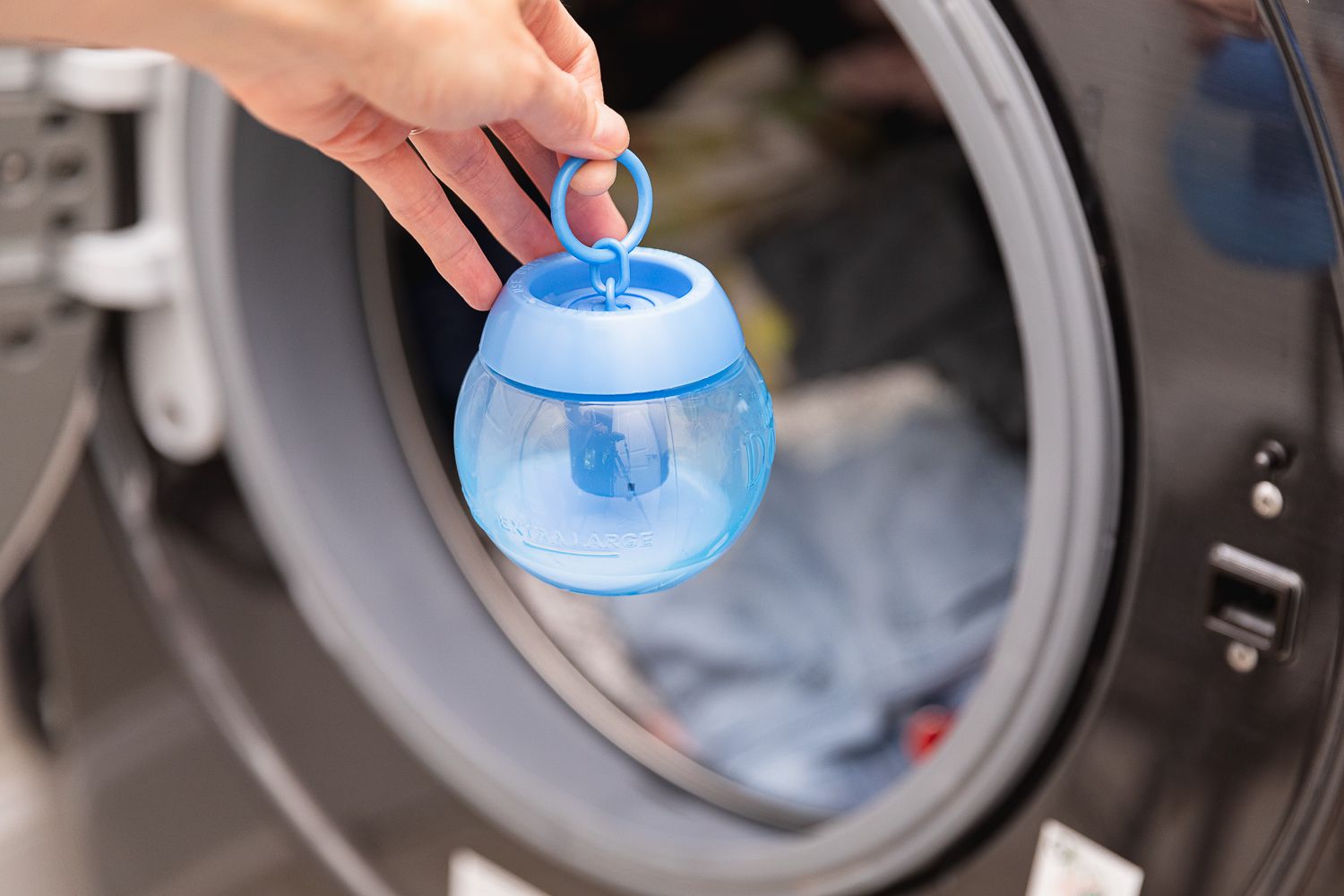
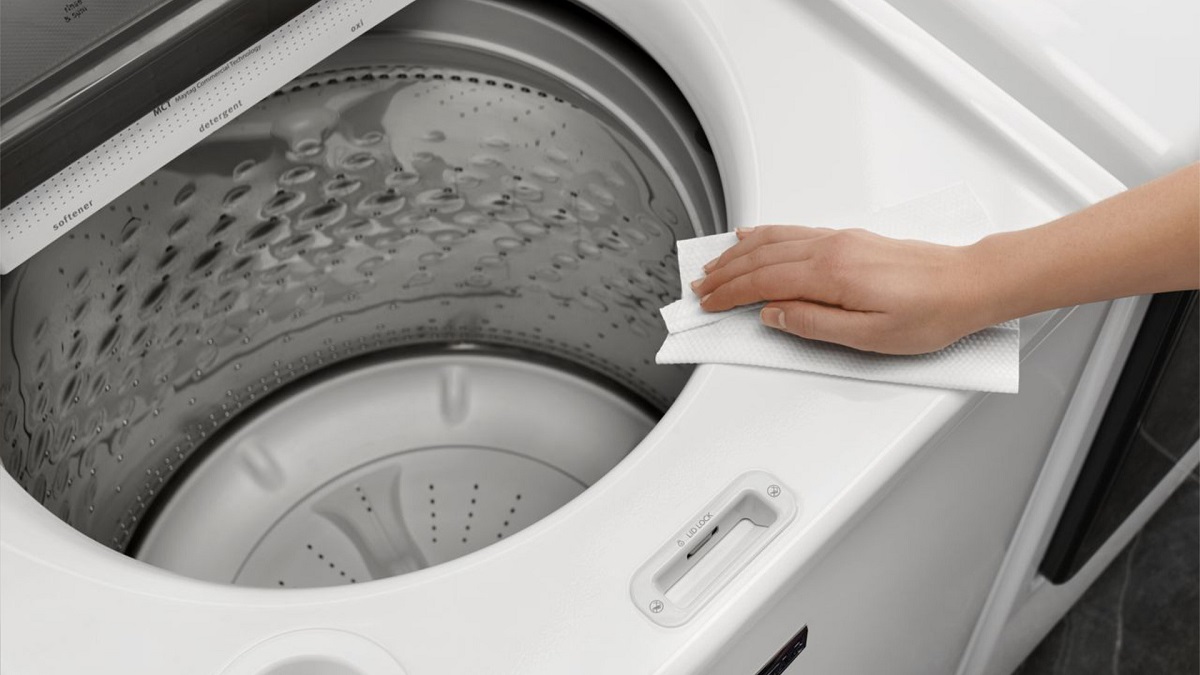
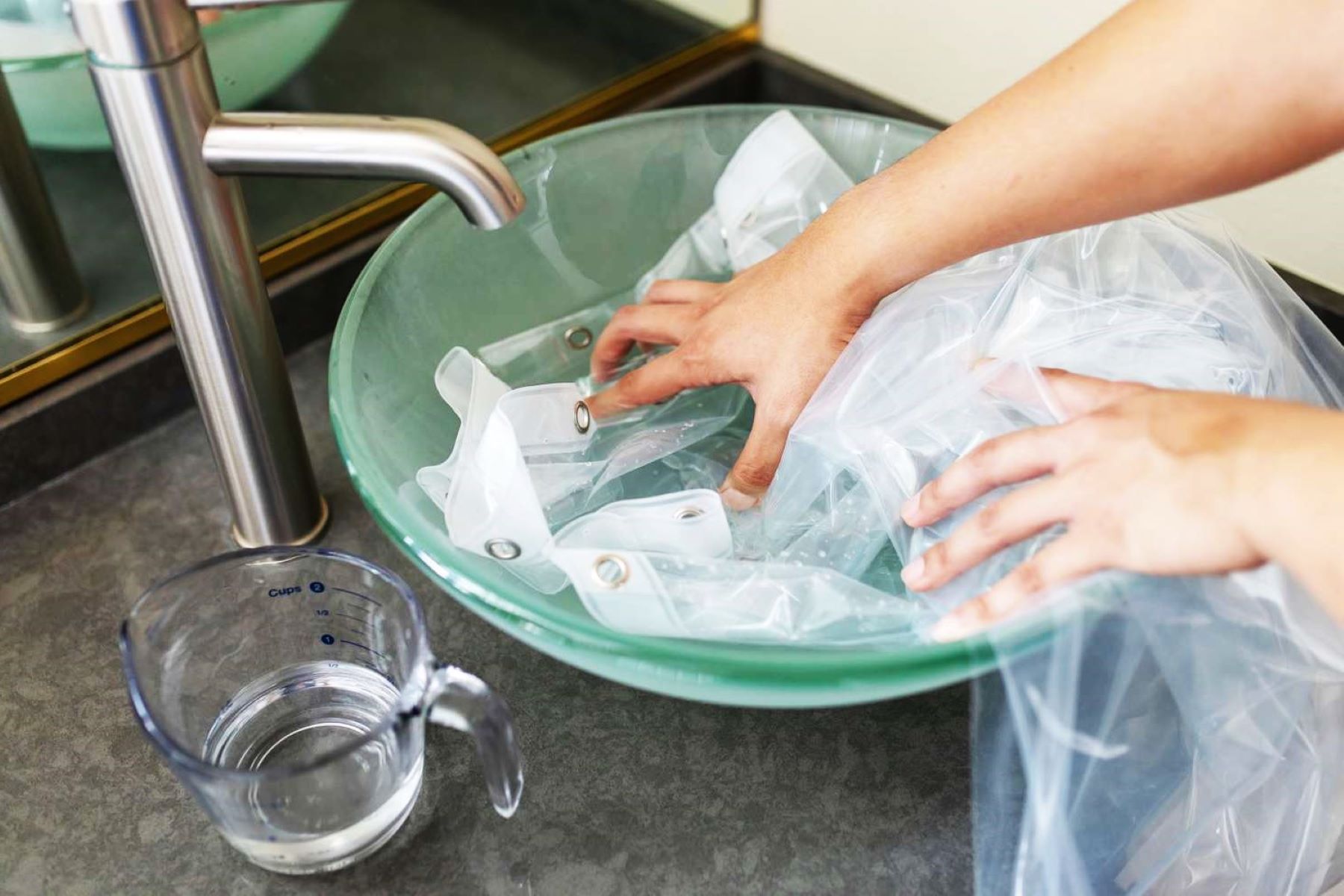
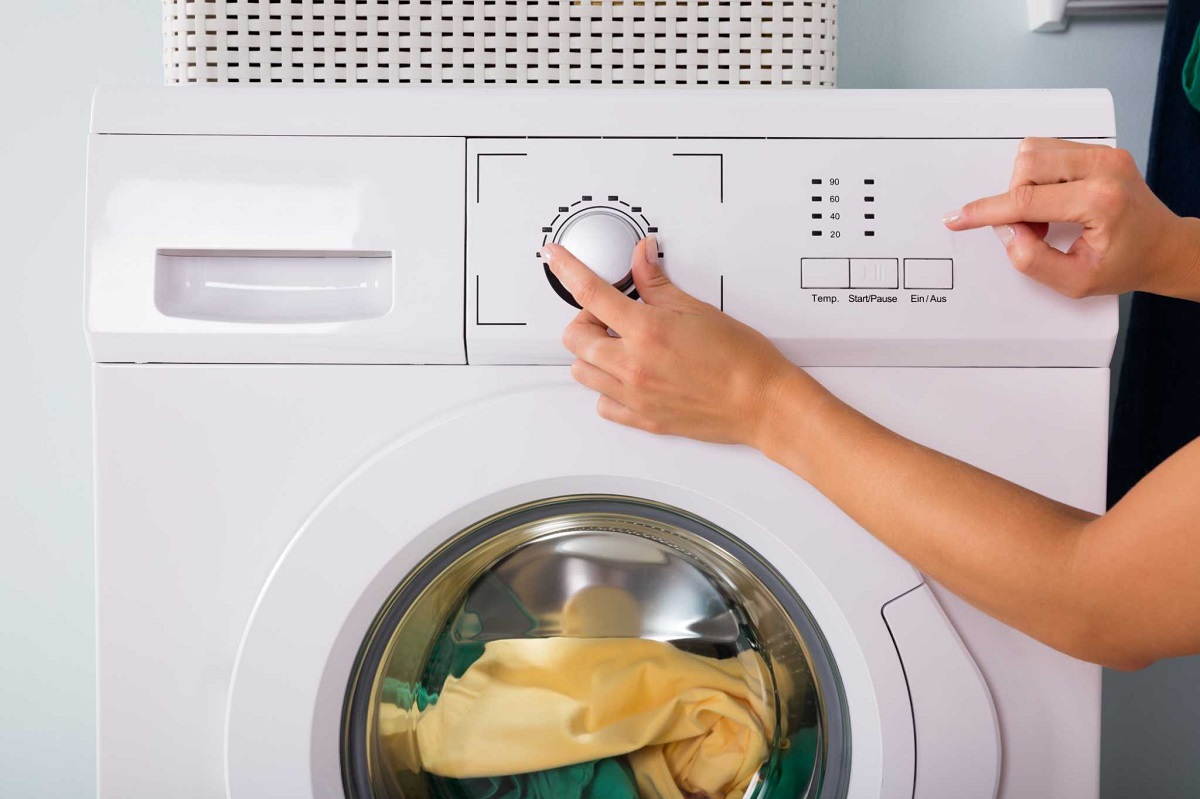
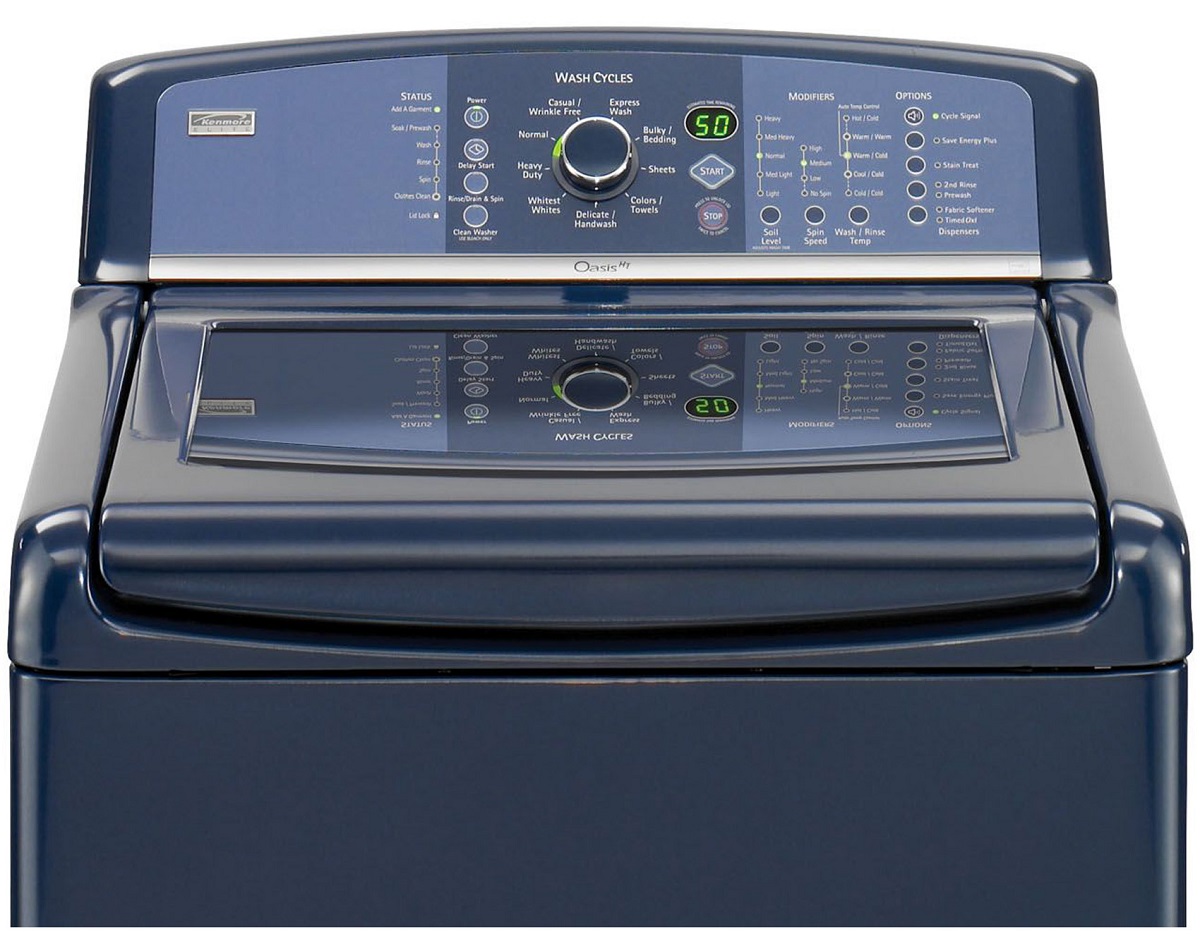
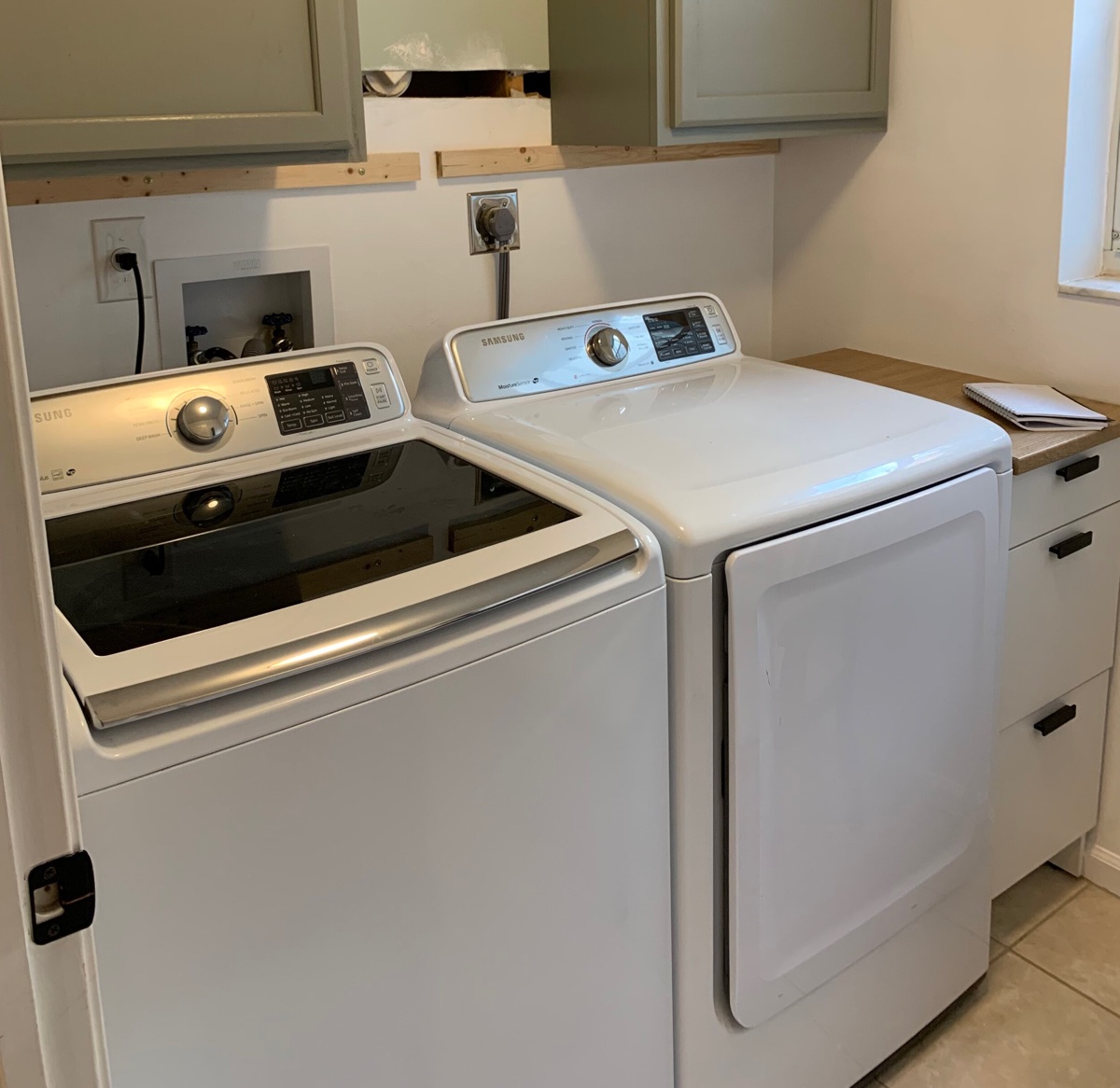
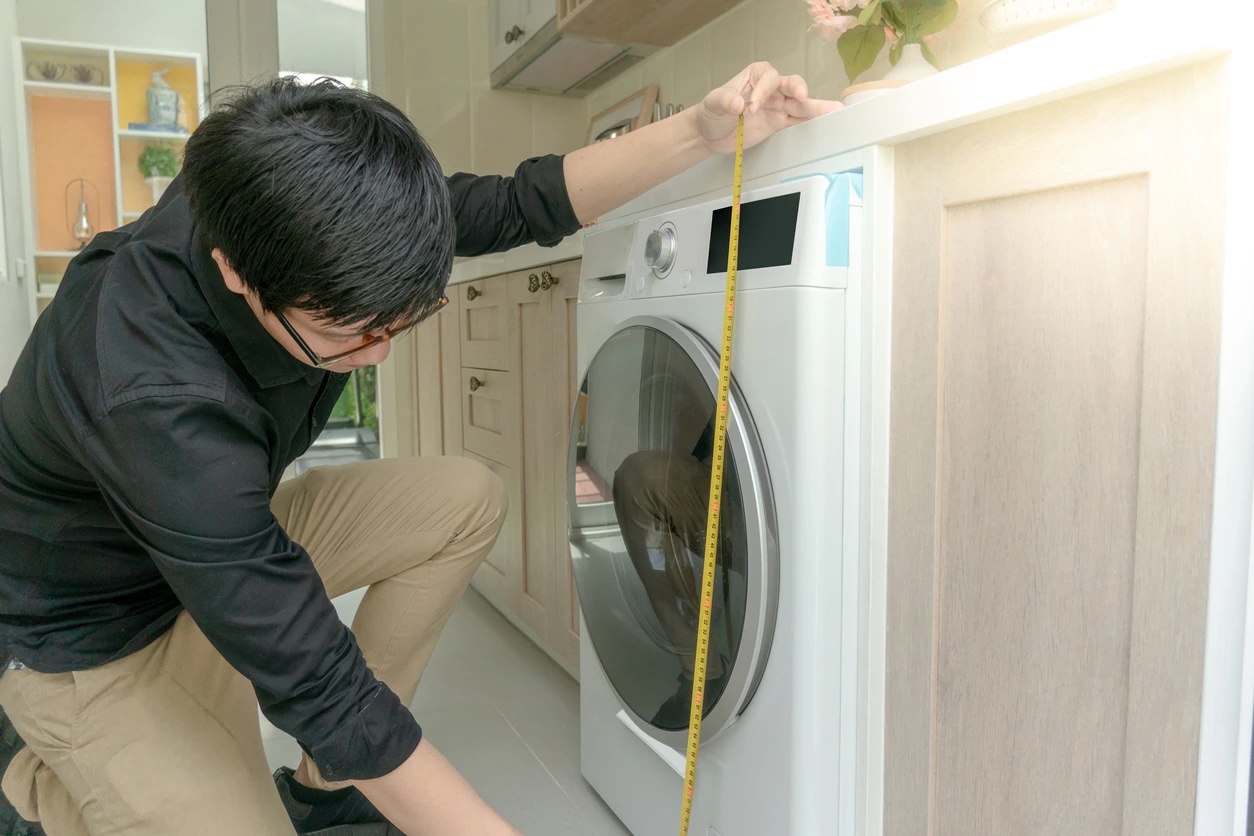
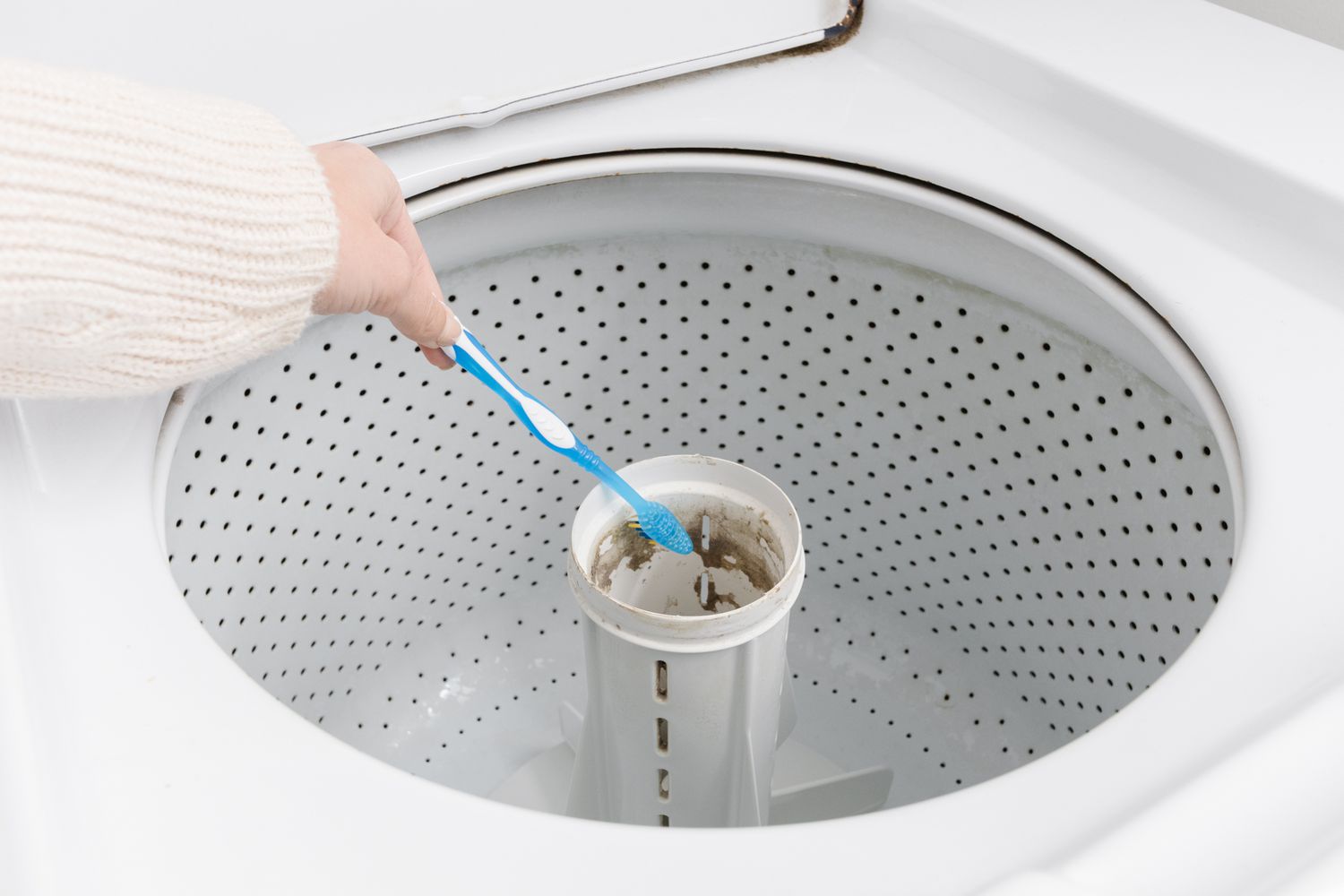


0 thoughts on “How To Wash Clothes Without A Washing Machine”